HPC2N
High Performance Computing Center North
| Machine | Hardware | Description |
|---|---|---|
|
|
|
Named for Abisko National Park, in the Northern Swedish province of Lapland, near the Norwegian border. The cluster Abisko was installed in fall 2011 (interim system). In spring 2012 the final system was installed. It was extended with 10 extra nodes in January 2014. It was retired in the end of 2020. Go here to read more about Abisko. |
|
|
|
Retired in 2019 |
|
|
|
Akka is a massif in the southwestern corner of Stora Sjöfallet National Park in northern Sweden. The cluster Akka was installed in 2008 and retired in early 2016. Go here to read more about Akka. |
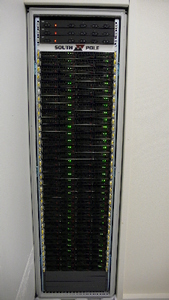 Ritsem |
|
It was named for the location Ritsem, near the Stora Sjöfallet National Park in northern Sweden. Ritsem was one of the SweGrid machines. On this machine, jobs could only be run over the grid - there was no local PBS job access. It was in use from 2008 to early 2014. More information about this retired cluster can be found here. |
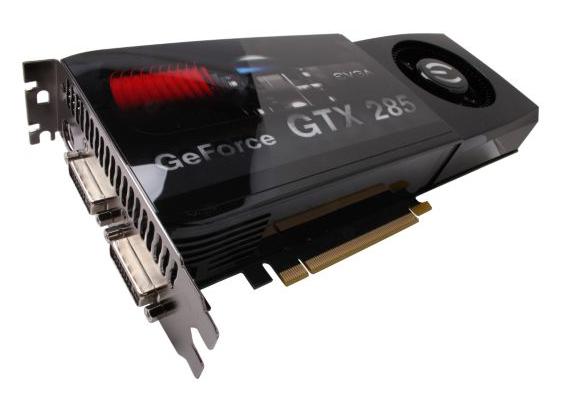 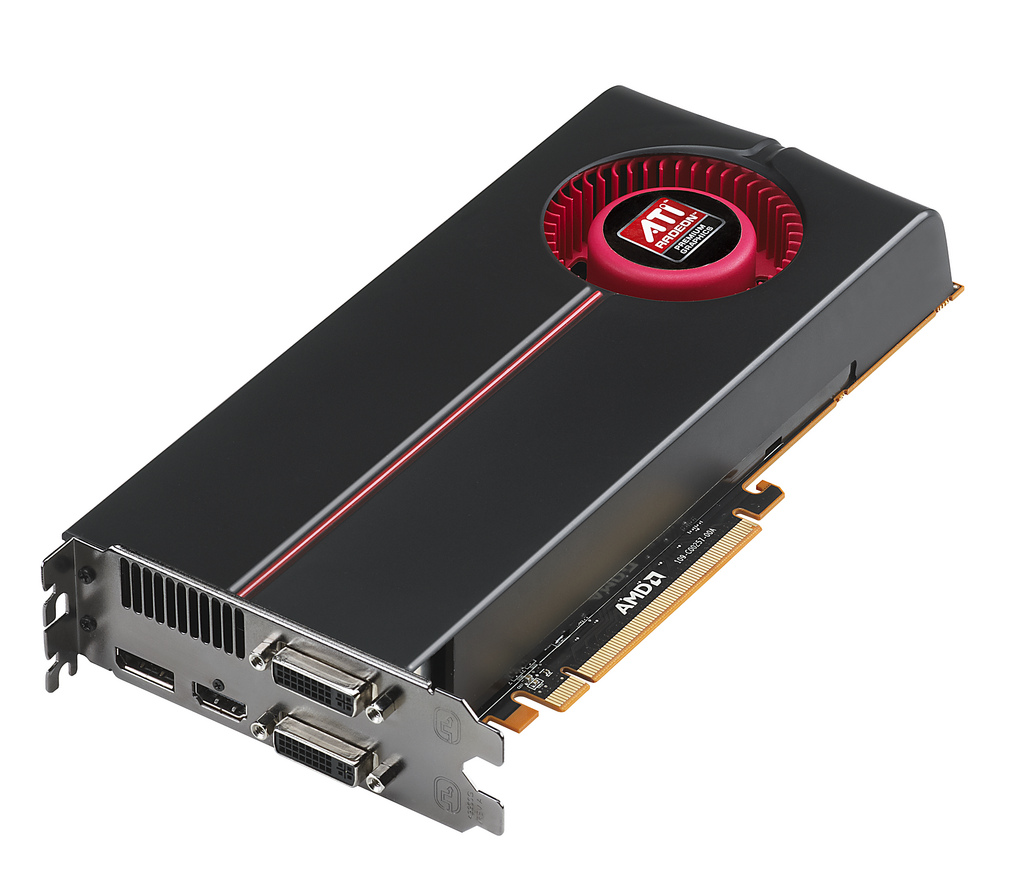 Hamrinsberget |
|
This machine was used for GPGPU testing. It is named for a small mountain near Umeå University. It was in use 2009-2013. More information about this retired cluster can be found here. |
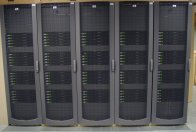 Sarek |
|
This Opteron cluster is named sarek.hpc2n.umu.se after Sarek National Park. More information about this retired cluster can be found here. |
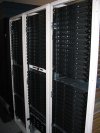 Ingrid |
|
This Linux cluster was part of a SweGrid initiative HPC2N received, as one of 6 sites. Each CPU ran at a peak floating point performance of 5.6 Gflops/s. It's main purpose was to be a Grid resource within SweGrid, but a part of the machine was also available for local use. |
|
TLB |
|
This was the previous tape storage facility at HPC2N. It was based on an IBM 3494 tape library with IBM 3592 tape drives. |
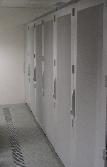 Seth |
|
This HPC2N Super Cluster was named seth.hpc2n.umu.se after Seth Kempe, grandfather of Carl Kempe. Carl Kempe was at that time the chairman of the Kempe Foundations, who generously provided HPC2N with the means to purchase the cluster.
For more information about this retired cluster, go here. |
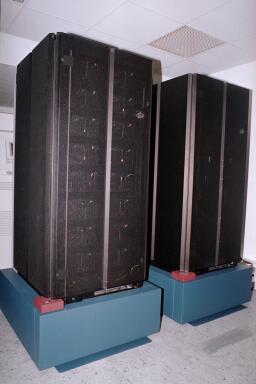 Knut |
|
Knut was an IBM SP system up and running for the first time on January 12, 1997. The acquisition was made possible through a generous donation from the Knut and Alice Wallenberg Foundation. At this time, Knut was the most powerful computer in Sweden and also the most powerful IBM system in Europe. It quickly became a very stable production resource and stayed as the the main computing system at HPC2N for several years. As a matter of fact, Knut was available available to users from all over Sweden for a period of seven years (until december 2003), and later also used for algorithm development, test and evaluation. During most of this seven years period, the system utilization was on the level of 75-80%, 24 hours a day, seven days a week. The 68 nodes IBM Scalable POWERparallel system (SP) consists of 64 120MHz Power2SC nodes, two 160MHz Power2SC nodes and two 4-way SMP 112MHz PowerPC 604 nodes. These are connected with an IBM High Performance switch. More information about this retired cluster can be found here. |
 Flipper |
|
Flipper was a so called Beowulf Cluster, basiclly 'a-pile-of-PC's'. It was built as part of a master thesis by Fredrik Augustsson summer/fall 2000 with Åke Sandgren and Björn Torkelsson as supervisors.
Flipper consists of 9 dual Intel Pentium III 550 MHz processors. The nodes are connected with a switchless high capacity network from Dolphin ICS. For maintenance the cluster was also connected with fast Ethernet. The cluster was set up in a 2x4 grid with a Control Work Station that was connected to the 8 nodes via a 100Mbit ethernet switch. The CWS was used as a login and development node for users, and as an administration node for the system administrators. Flipper was mainly intended to be an experimental cluster. More information about this retired cluster here. |
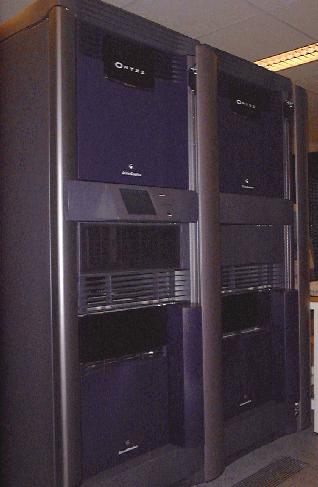 Alice |
|
Alice was an SGI Onyx2 with Infinite Reality graphics. The acquisition in 1997 was made possible through a generous donation from the Knut and Alice Wallenberg Foundation. Alice was the main computing facility for scientific visualization and VR applications, but was also used for some computational purposes.
With its two large 24" monitors located in Wonderland and with most of the VR equipment connected to Alice, she was part of almost every visualization and VR project at HPC2N. If you have any questions about Alice please send a mail to: vrlab@umu.se More information about Alice here. |
 Chips |
|
Chips was an IBM Power3 based SMP system. It was our main facility for low/medium level compute kernel development in cooperation with IBM. |
|
|
|
Fish was an IBM Power3 based SMP system. It was our main facility for low/medium level compute kernel development in cooperation with IBM.
More information about the retired resource, Fish, here. |
|
Donald |
|
Software:
Donald was an SGI Octane MXI, suitable for smaller projects that did not need the power of Alice. If you have any questions about Donald please send a mail to: vrlab@umu.se |
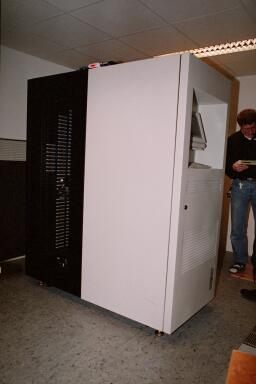 MSST 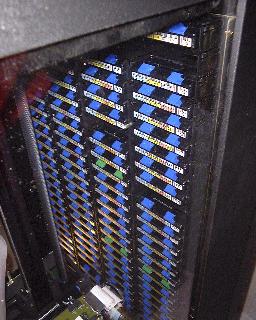 |
Tape robot
|
The mass storage system is based on equipment from IBM and consists of one Magstar 3494 tape library with 2 Magstar 3590 tape units. These are connected to the server node in Knut. Accompyning this is the disk system consisting of an IBM SSA subsystem.
Availability to the mass storage is via a HSM filesystem. There is also a fast parallell filesystem, PFS, available on Knut. If you have any questions about the Mass Storage facilities please send a mail to: support@hpc2n.umu.se |